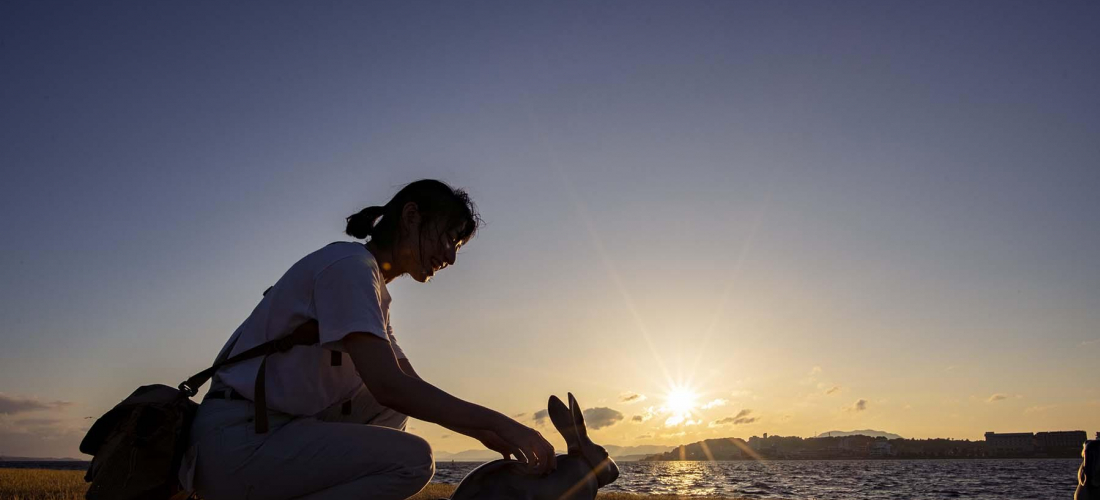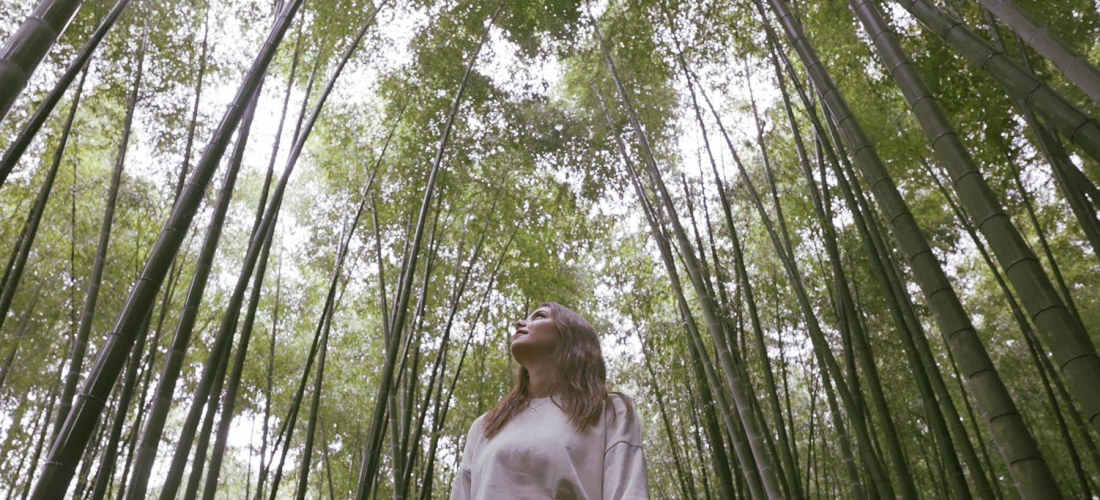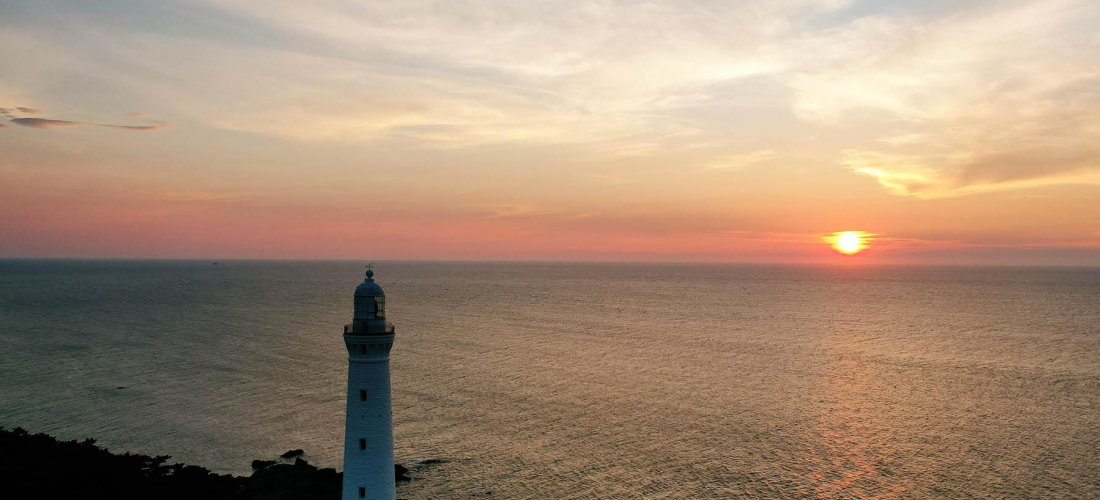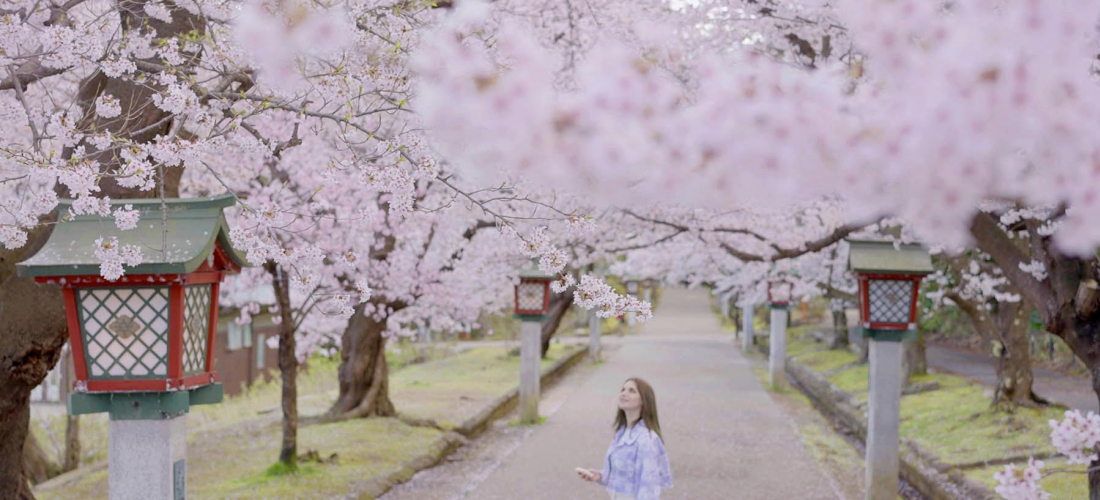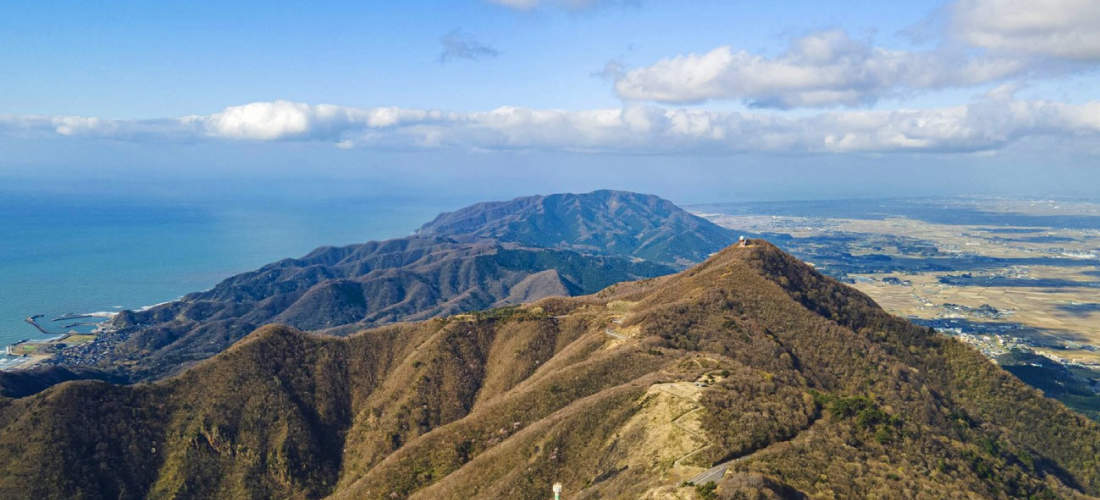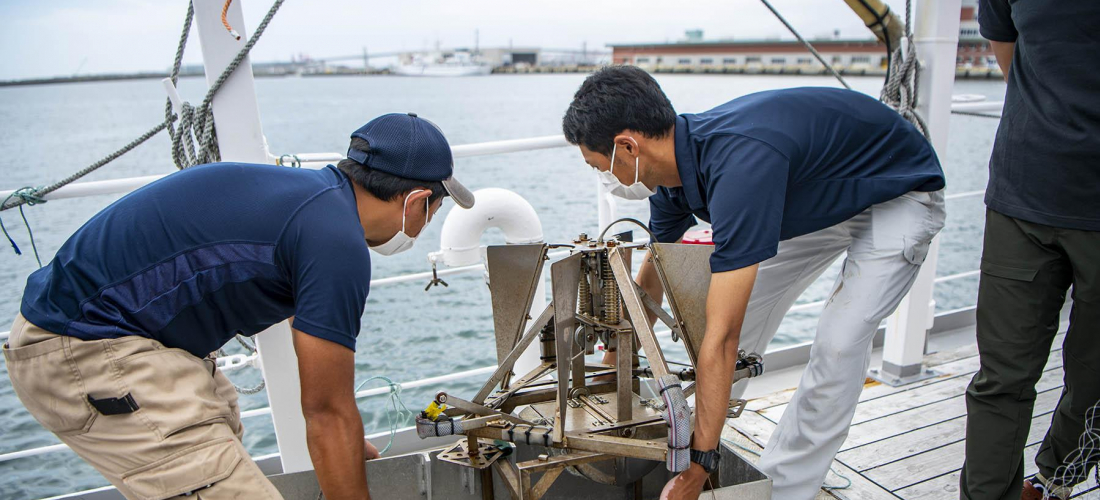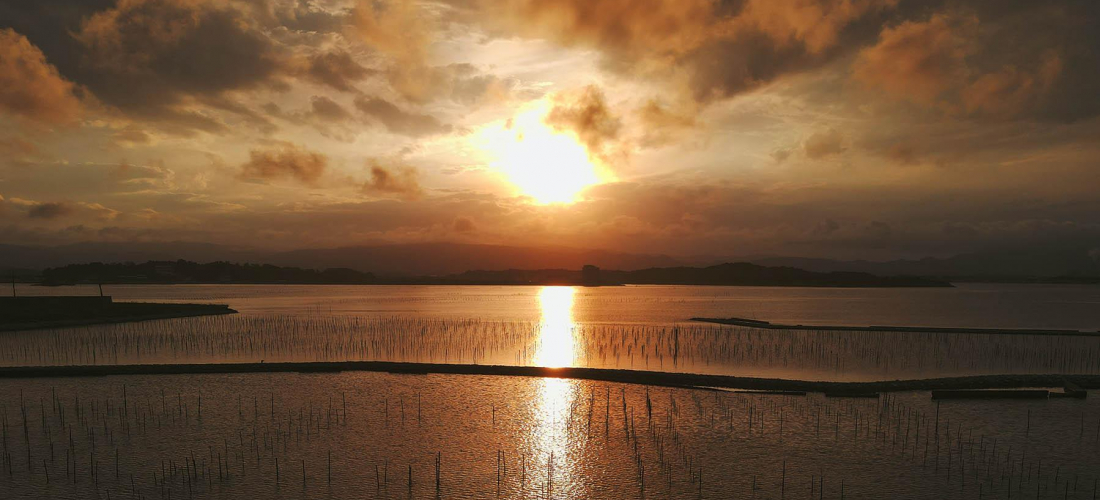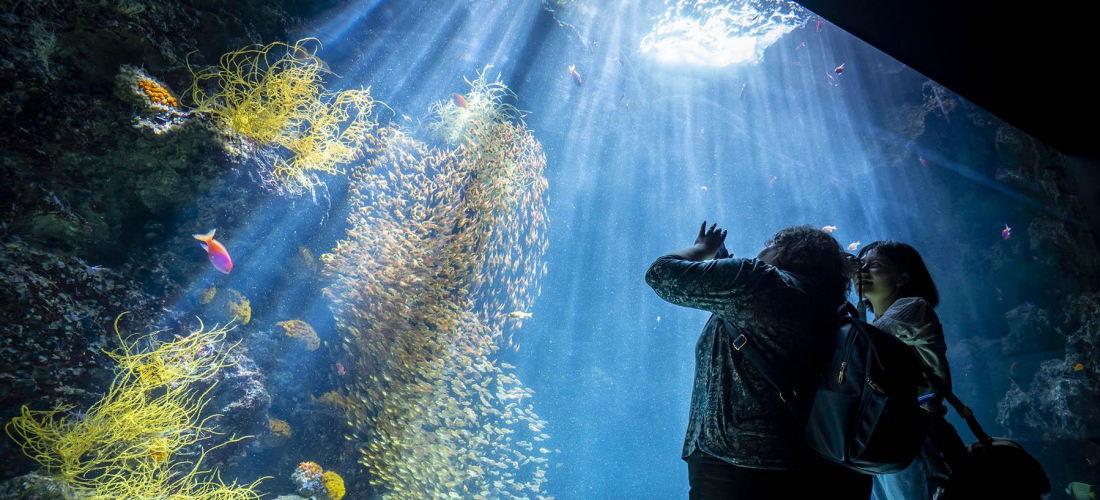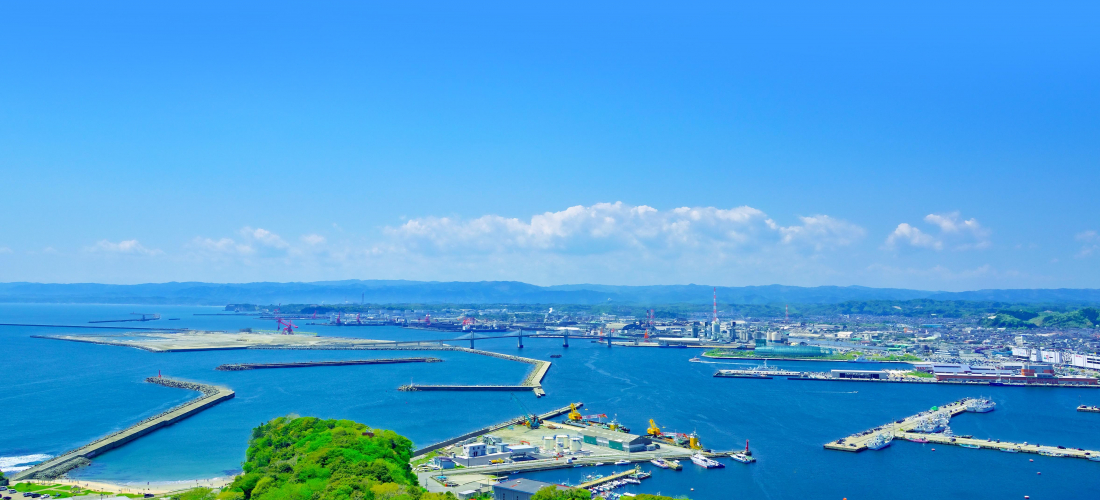
CONTENTS
Bien que le nom de Fukushima inspire la prudence, vous ne saviez probablement pas que Fukushima est un trésor de voyages et de cuisine. Jetez un oeil à cette région avec Japankuru!
La préfecture de Fukushima: Il y a bien plus que vous l’imaginez!
Le Japon est composé de 47 régions différentes appelées «préfectures» («都 道 府 県» en japonais), mais pour la plupart des gens à travers le monde, seule une poignée vient à l'esprit: les préfectures de Tokyo, Kyoto, Osaka , Hokkaido, ou peut-être Okinawa. En revanche, vous avec peut-être en tête le souvenir d'une autre préfecture ― Fukushima. Mais où se trouve cette dernière au Japon? Quelles sont les caractéristiques déterminantes de Fukushima et qu'est-ce qui la rend si spéciale? Malgré son nom célèbre, Fukushima restent un mystère pour la plupart des étrangers.
Nous voulions donc prendre le temps de nous pencher sur Fukushima, une préfecture avec beaucoup plus à offrir que ce que le voyageur moyen pourrait imaginer, et par-dessus tout, nous nous sommes retrouvés à découvrir le poisson «Joban-mono». Dans cette série, nous en apprendrons plus sur la préfecture et sa côte, dotée de riches ressources naturelles, et nous répondrons à la question "Qu'est-ce que le poisson Joban-mono?"
Dans la première partie, nous passons en revue un bref résumé de la préfecture de Fukushima!
La troisième préfecture la plus large du Japon
Fukushima se trouve dans la région de Tohoku, au nord du Japon, et sur les 47 préfectures du pays, elle possède la troisième plus grande superficie après Hokkaido et Iwate. Si vous voulez parler d'échelle, c'est environ 6,3 fois la taille de la région métropolitaine de Tokyo (une préfecture en soi), et vous pourriez installer 290000 terrains de baseball à l'intérieur des frontières de Fukushima! Ce dernier exemple peut être un peu difficile à imaginer, mais il suffit de le dire, la préfecture s'étend d'est en ouest, allant des régions montagneuses au centre de la principale île japonaise de Honshu aux rives du Pacifique. À Fukushima, les caractéristiques uniques de chacune de ces régions s'additionnent pour former une préfecture distincte.
Fukushima est généralement divisée en trois parties, la zone côtière ou "Hama-dori" (浜 通 り), la zone centrale ou "Naka-dori" (中 通 り) et la zone intérieure occidentale d'Aizu (会 津). En regardant les différents domaines et comment ils changent au fil des saisons, Fukushima est une terre aux multiples facettes d'expériences touristiques et culturelles diverses.
Région 1 | zone côtière de Hama-dori: Sous la bénédiction du Pacifique
A l'extrémité est de la préfecture, face à l'océan Pacifique, la zone de Hama-dori est composée d'Iwaki (い わ き) au sud, et Soso (相 双), centrée autour de Soma (相 馬), Minamisoma (南 相 馬) et le district de Futaba (双 葉 郡). La zone côtière a beaucoup de saveur régionale, des ports remplis de bateaux de pêche aux nombreux onsen (温泉, sources chaudes) et à la culture des samouraïs encore visible à ce jour. La côte de Fukushima est en fait le point de rencontre de deux grands courants océaniques (appelés le courant d'Oyashio et le courant de Kuroshio au Japon), donnant aux eaux de nombreuses caractéristiques qui font de la région un lieu de pêche idéal le plus important du Japon, et célèbre pour son poisson savoureux.
Autour de la ville d'Iwaki se trouve la région d'Iwaki, qui longe la côte du Pacifique, et a des étés uniques et des hivers chauds. Il possède également certaines des heures d'ensoleillement les plus longues du Japon, ce qui en fait un endroit charmant pour profiter du soleil et de la mer. Le long de l'eau, vous trouverez quelques attractions différentes, comme le phare de Shioyazaki (塩 屋 崎 灯台), l'aquarium Aquamarine Fukushima et le marché aux poissons d'Iwaki Lalamew. La région abrite également Iwaki Yumoto Onsen (い わ き 湯 本 温泉) et la toute première station balnéaire du Japon, Spa Resort Hawaiians.
Au nord, la zone autour de Soma a une riche culture alimentaire, basée sur les récoltes abondantes fournies par les montagnes et la mer. Il est également célèbre pour le Soma Nomaoi (相 馬 野馬 追), un festival avec une histoire de rituels équestres remontant à mille ans.
Région 2 | La zone centrale de Naka-dori: Le ventre de la préfecture
Zone la plus au centre de la préfecture de Fukushima, Naka-dori est une région intérieure du Pacifique prise en sandwich entre les monts Ou (奥 羽 山脈) à l'ouest et les hauts plateaux d'Abukumakochi (阿 武 隈 高地) à l'est. La région est longue et mince, avec la ville de Fukushima (siège de la préfecture) au nord, le centre économique et de transport Koriyama (郡山) en plein milieu de la préfecture, et Shirakawa (白河) au sud. Les trois villes principales ont chacune leur propre gare sur la ligne Tohoku Shinkansen, et des autoroutes traversent la région, ce qui en fait un point de connexion entre la région de Kanto / Tokyo et la région du nord de Tohoku.
Non seulement le château de Kasumigajo (霞 ヶ 城) et le château de Shirakawa Komine (白河 小 峰 城) se glissent dans l'atmosphère urbaine, mais aussi des impressions claires laissées par les périodes plus récentes de l'histoire de Bakumatsu et Meiji (fin du 19e au début du 20e siècle) . La région possède également ses propres caractéristiques naturelles somptueuses, avec une dispersion de célèbres sites d'observation de fleurs de cerisier (et autres fleurs)., Et les pêches comme le produit le plus célèbre de la culture abondante de fruits locaux. Vous trouverez même le parc Nanko (南湖 公園) à Naka-dori, considéré comme le plus ancien parc public de tout le Japon!
Les onsen de la région ont également leurs propres charmes. La source chaude de Bandaiatami (磐 梯 熱 海 温泉), par exemple, est célèbre pour les eaux de bijin no yu (大 の 湯), censées embellir la peau. Takayu Onsen (高 由 温泉) est en fait connu pour être … une source chaude secrète. Et Iizaka Onsen (飯 坂 温泉) est une destination onsen depuis plus de mille ans.
Zone 3 | Aizu: Nature et tradition en harmonie
La zone d'Aizu comprend toute la région ouest de Fukushima, mais elle peut être divisée en deux. La partie nord d'Aizu est centrée autour de l'ancienne ville fortifiée d'Aizu-Wakamatsu et de la ville de Kitakata, tandis que la partie sud abrite Minamiaizu, Hinoemata et Shimogo, qui ont chacun des quartiers qui ressemblent encore à la période Edo (1603 ~ 1868). Grâce à l'histoire riche de la région, à commencer par le château local de Tsuruga (鶴 ヶ 城, également appelé Tsurugajo), et de nombreux sanctuaires et temples, il est parfois appelé «Butto Aizu» (仏 都会 津), ce qui se traduit à peu près par la métropole de bouddhas .
Aizu se situe juste sur le lac Inawashiro (猪苗 代 湖) et au pied du mont Bandai (磐 梯 山), il est donc connu pour être l'endroit parfait pour regarder les saisons changer, avec le paysage se modifiant radicalement tout au long de l'année. C'est un lieu de vues inoubliables, de l'eau calme des rives du lac aux feuilles changeantes colorées chaque automne, en passant par les couvertures de neige qui créent des paysages blancs et moelleux.
Minamiaizu en particulier, avec une altitude moyenne de 500 m (1640 pieds) au-dessus du niveau de la mer et des montagnes de tous les côtés, est un endroit idéal pour se détendre au milieu de la nature, profiter de la culture traditionnelle de Fukushima et même visiter plus de «sources chaudes secrètes» ―onsen niché dans le flanc de la montagne. Il abrite également des stations de ski qui offrent une neige de grande qualité, mais certaines personnes visitent la région juste pour voir le village d'Ouchijuku (大 内 宿). Ouchijuku conserve toujours sa disposition et son architecture de la période Edo, et on dirait qu'elle n'a pas été touchée depuis environ 150 ans, ce qui donne l'impression d'un voyage dans le temps.
Qu’est ce que le poisson Joban-mono au juste?
Fukushima ― est plus que vous ne le pensez. Notre voyage dans Fukushima et ses nombreux charmes ne vient que de commencer, il nous reste encore tant à découvrir avec le poisson Joban-mono de Fukushima, mais aussi l'histoire de la région, le tourisme, la cuisine locale et d'autres conseils de voyage. Nous avons l'intention d'aller au fond de ce à quoi ressemble vraiment Fukushima aujourd'hui, et nous espérons que vous vous joindrez à nous dans ce voyage! Pour plus d'informations et de nouvelles du Japon, suivez Japankuru sur twitter, instagram, and facebook!
Details
NAME:Fukushima (福島)
MAP
COMMENT
FEATURED MEDIA
VIEW MOREMAP OF JAPAN
SEARCH BY REGION

LATEST
VIEW MOREEVENT CALENDAR
VIEW MOREMOST POPULAR
 Tokyo Winter Recommendation: Don’t Miss Tokyo Mega Illumination, Japan’s #1 Light Show
Tokyo Winter Recommendation: Don’t Miss Tokyo Mega Illumination, Japan’s #1 Light Show ป้ายยาสินค้าน่าซื้อในร้านขายยาญี่ปุ่น | KOWA ผลิตภัณฑ์เพื่อสุขภาพสำหรับคนยุคใหม่
ป้ายยาสินค้าน่าซื้อในร้านขายยาญี่ปุ่น | KOWA ผลิตภัณฑ์เพื่อสุขภาพสำหรับคนยุคใหม่ Okinawa Family Road Trip: Japanese Glasses Shopping at San-A Urasoe West Coast PARCO CITY, Discount Coupons, & Okinawa Sightseeing with JINS
Okinawa Family Road Trip: Japanese Glasses Shopping at San-A Urasoe West Coast PARCO CITY, Discount Coupons, & Okinawa Sightseeing with JINS




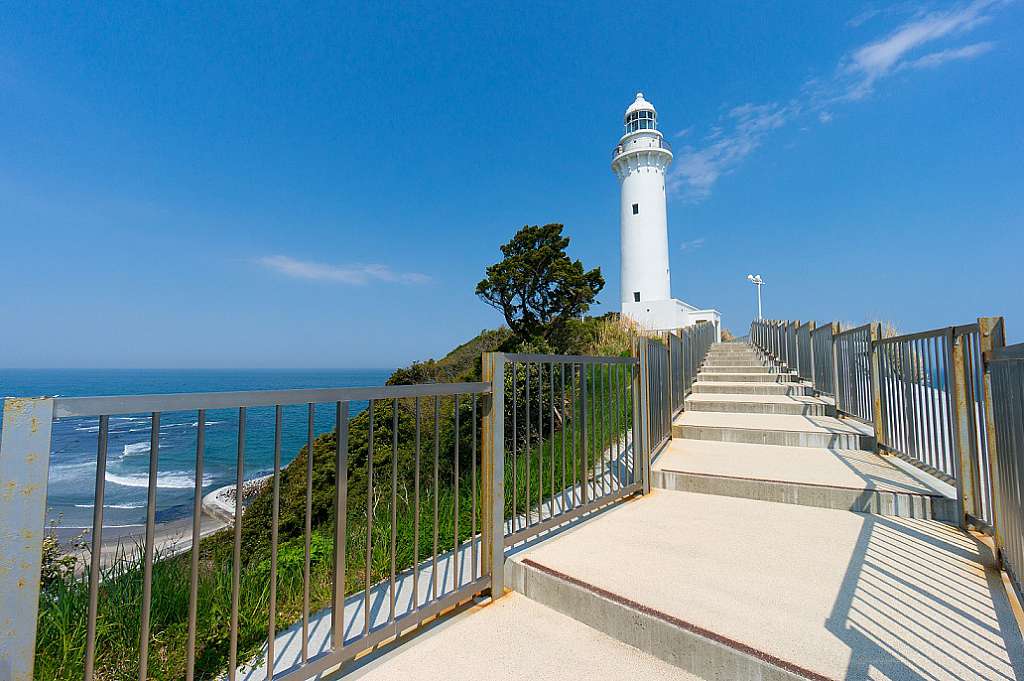
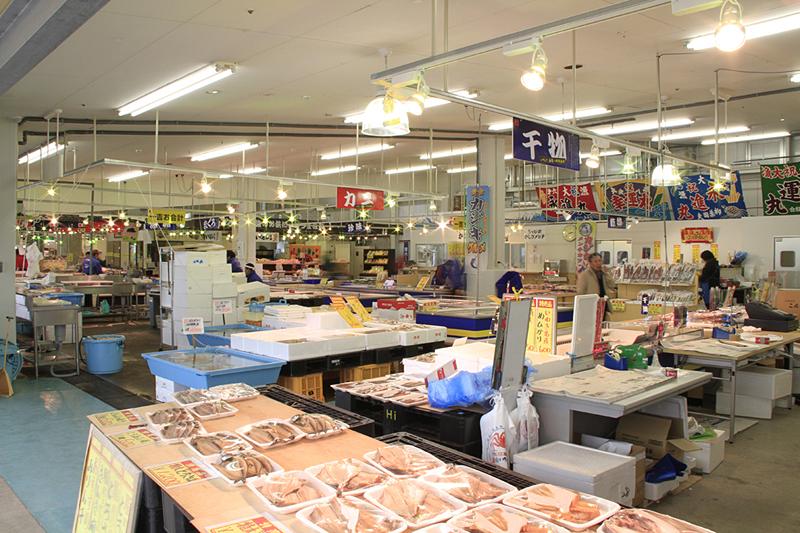
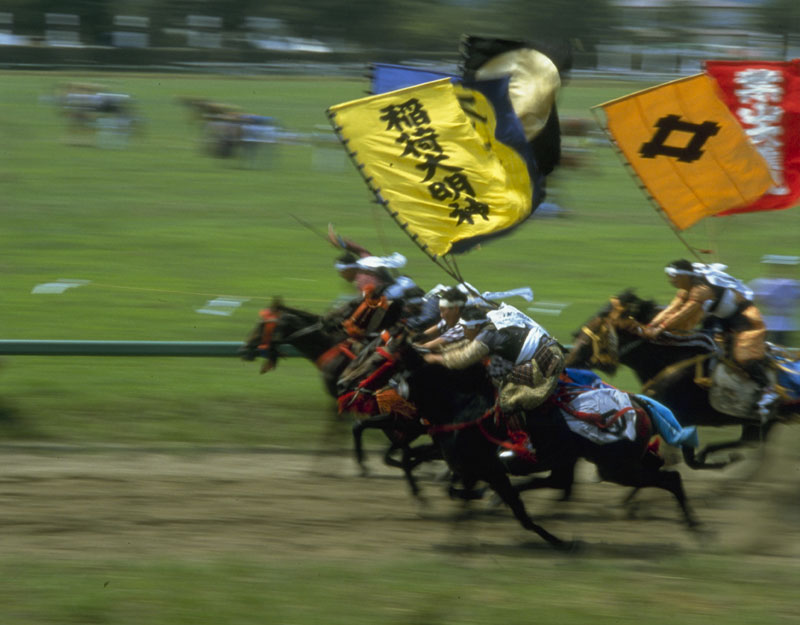
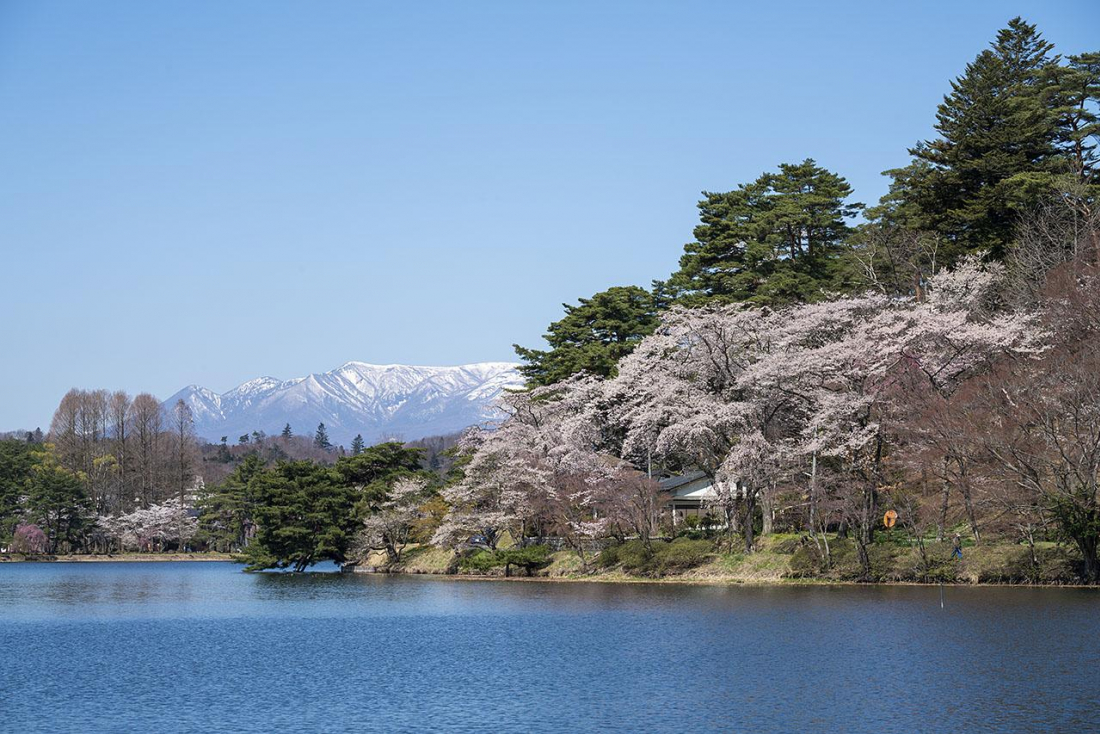



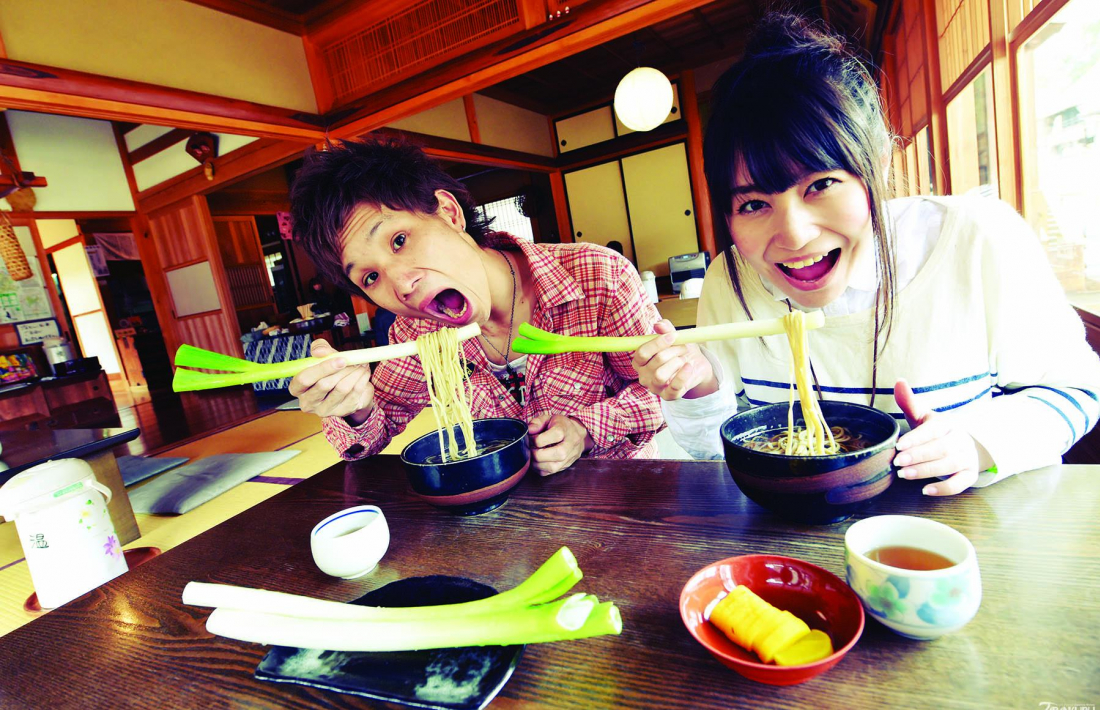
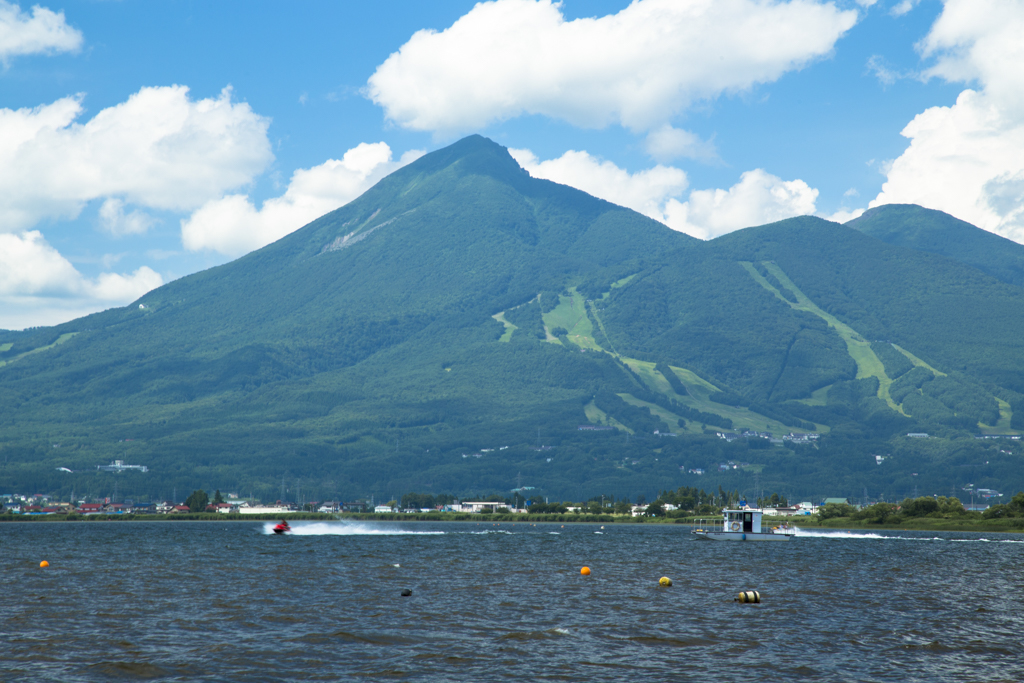





 >> Find out more at Japankuru.com! (link in bio)
#
>> Find out more at Japankuru.com! (link in bio)
#





 The Robot Restaurant is gone, but the Samurai Restaurant is here to take its place. Check it out, and don't forget your coupon!
The Robot Restaurant is gone, but the Samurai Restaurant is here to take its place. Check it out, and don't forget your coupon!
 신주쿠의 명소 로봇 레스토랑이 사무라이 레스토랑으로 부활! 절찬 쿠폰 발급중
신주쿠의 명소 로봇 레스토랑이 사무라이 레스토랑으로 부활! 절찬 쿠폰 발급중
 18歲以上才能入場的歌舞秀,和你想的不一樣!拿好優惠券去看看~
#tokyo #shinjuku #samurairestaurant #robotrestaurant #tokyotrip #도쿄여행 #신주쿠 #사무라이레스토랑 #이색체험 #할인이벤트 #歌舞伎町 #東京景點 #武士餐廳 #日本表演 #日本文化體驗 #japankuru #japantrip #japantravel #japanlovers #japan_of_insta
18歲以上才能入場的歌舞秀,和你想的不一樣!拿好優惠券去看看~
#tokyo #shinjuku #samurairestaurant #robotrestaurant #tokyotrip #도쿄여행 #신주쿠 #사무라이레스토랑 #이색체험 #할인이벤트 #歌舞伎町 #東京景點 #武士餐廳 #日本表演 #日本文化體驗 #japankuru #japantrip #japantravel #japanlovers #japan_of_insta
 코지마 x 빅 카메라 쿠폰으로 일본 가전 제품 쇼핑하기
#pr #japankuru #japanshopping #kojima #biccamera #japaneseskincare #yaman #dji #osmopocket3 #skincaredevice #日本購物 #美容儀 #相機 #雅萌 #日本家電 #일본여행 #면세 #여행꿀팁 #일본쇼핑리스트 #쿠폰 #일본쇼핑 #일본브랜드 #할인 #코지마 #빅카메라 #japankurucoupon
코지마 x 빅 카메라 쿠폰으로 일본 가전 제품 쇼핑하기
#pr #japankuru #japanshopping #kojima #biccamera #japaneseskincare #yaman #dji #osmopocket3 #skincaredevice #日本購物 #美容儀 #相機 #雅萌 #日本家電 #일본여행 #면세 #여행꿀팁 #일본쇼핑리스트 #쿠폰 #일본쇼핑 #일본브랜드 #할인 #코지마 #빅카메라 #japankurucoupon
























